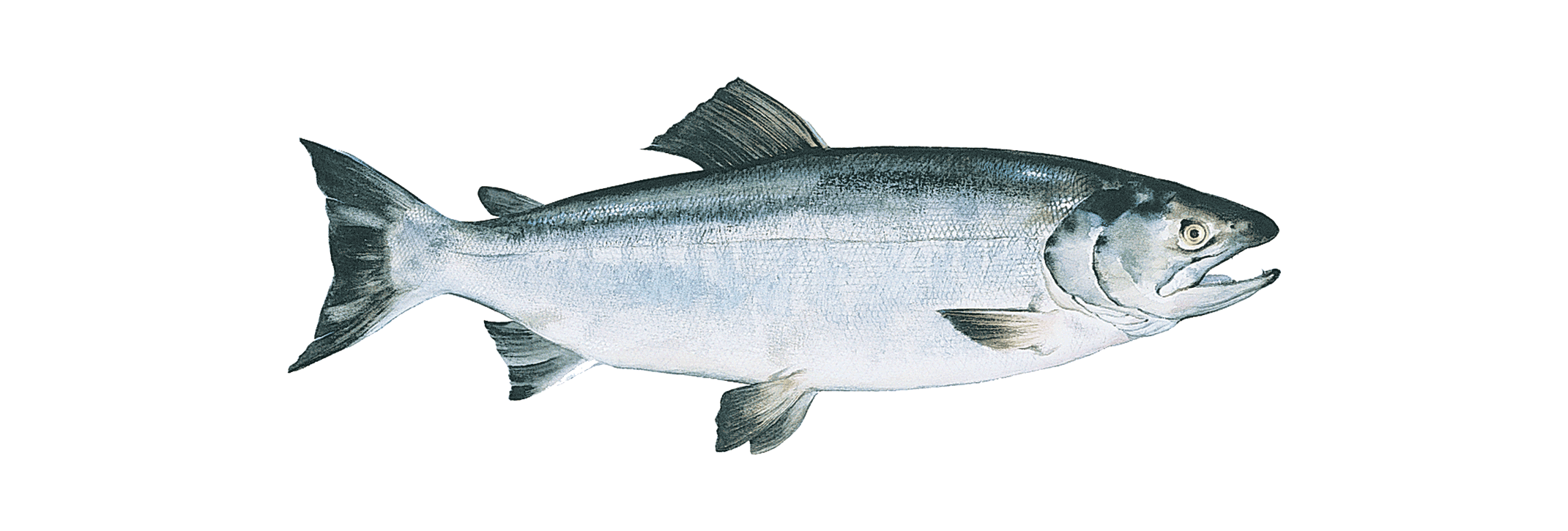This piece will appeal to culinary audiences who are drawn to stories about where their food comes from. Withwild Alaskan salmon often touted as one of the most clean and sustainable sources of protein on the planet, why doesKeta salmon get such a bad rap?
We will dig into the science of what makes a great food fish,With salmon, that’s all about the beneficial oils they build up in their flesh that serves as fuel for their up-river migration. . The longer and more dramatic theirjourney, the more fuel the salmonwill need to complete its life cycle — salmon stop eating once they enter fresh water — so the longer the river, the more Omega-3 rich oils they need to accumulate for the trip. That’s why once still maturing salmon get upstream to spawning grounds, they hold less value as a food fish.
But back at the mouth of the Yukon River where salmon are facing a 2,000 mile trip upriver, their oil content is off the charts. And that’s where we found the Keta conundrum. Chum salmon (Oncorhynchus keta) is often disregarded as a food fish. People cite the fact that Natives feed Keta to their dogs, so why on earth would we eat them?
Yup'ik Eskimos at the mouth of the Yukon River are not feeding Keta to their dogs. Yukon Keta carry the same quality designation as Kings and Cohos, a fact recently discovered by a small specialty seafood company in the UK, now the lead buyer of this fish that might be Alaska’s best kept secret, and a key to the economic recovery of the Yukon Delta communities.
[Back]
